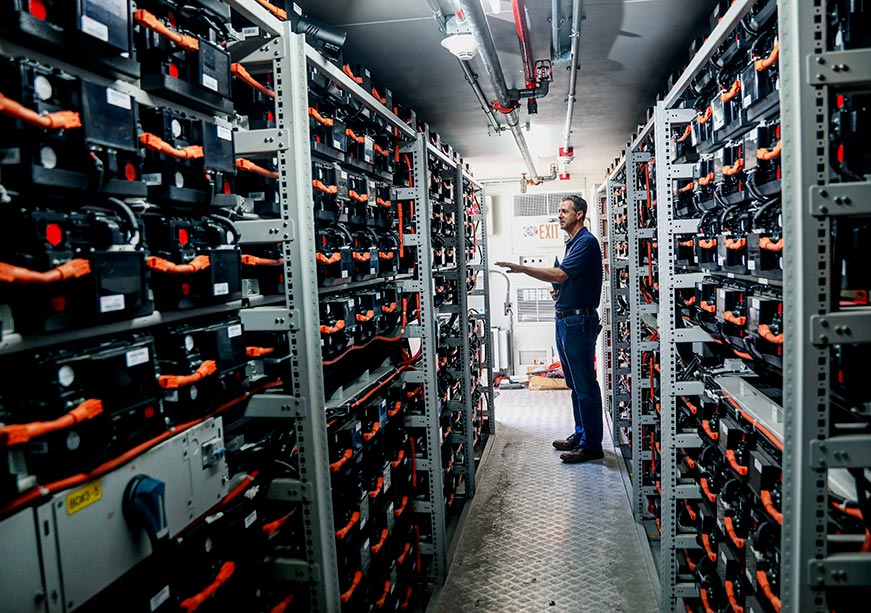While projecting all the budget numbers relating to revenue and expenditure, the finance minister has to necessarily make two key assumptions-those of GDP and inflation for the financial year. In normal times, typically in the middle of a business cycle, making projections for GDP and inflation is quite easy. For instance, the period between 2003 and 2008 was marked by a relatively stable inflation rate of 4% to 5% and real GDP growth of above 8%. So, the finance minister, during this period, would have found it easy to project the GDP and inflation numbers for budgeting purposes.
However, at the present juncture, it will be very difficult to project these numbers for 2013-14. This is simply because GDP growth has rapidly slumped from a high of 9.3% in 2010-11 to an estimated 5% in 2012-13. Such a sharp decline in a short period has not been seen since 1991. Similarly, inflation, though trending down this year, remains fairly elevated at over 7% as per the WPI index. Manufacturing inflation, of course, has come down close to RBI's comfort zone of around 4%.
We appear to be at the end of the down cycle for GDP. So, what GDP number should the finance minister project in the budget for 2013-14? Given the spate of reforms and tough economic decisions taken recently, followed by an upturn in sentiment, P Chidambaram might be tempted to be a bit ambitious and project 7% GDP growth in 2013-14. If the revenues are predicated on 7% GDP growth, will the market find it credible? This is an open question. The deputy chairman of the Planning Commission, Montek Ahluwalia, has publicly stuck his neck out saying 7% GDP growth is achievable in 2013-14. In going public with such an optimistic projection, Montek Ahluwalia may also be reflecting Prime Minister Manmohan Singh's view.
Last week, the chairman of the Prime Minister's Economic Advisory Council (PMEAC), C Rangarajan, also suggested that GDP growth could easily bounce back quickly to higher levels because of one simple reason. Rangarajan argued that even after falling about 4 percentage points in four years, India's savings rate is still at a reasonable level of about 30.5% of GDP. On a normal incremental capital output ratio (ICOR) of 4, India should still get a real GDP growth of 7.5%. According to Rangarajan, at present we are not getting this normal GDP growth corresponding to our savings rate because a lot of investment in infrastructure, such as in power, has not resulted in final output over the past two years or so. As a result, the ICOR may have shown a sharp rise temporarily, which then gives a lower GDP growth of about 5% on a savings rate of 30.5% of GDP. Thus, if one assumes that the ICOR has risen dramatically from 4 to 6 because of huge infrastructure investments not fructifying into final output, it is likely that the ICOR will return equally rapidly to its earlier normal level once the government starts removing all bottlenecks currently plaguing infrastructure and energy investments.
Rangarajan believes that the rise in the ICOR, resulting in a sharp fall in GDP growth, is a temporary phenomenon. Indeed, if this realisation has truly sunk in among policymakers, we could see some good results over the next six months or so.
Therefore, if the finance minister too accepts Rangarajan's logic, he may project the GDP number in the budget at closer to 7%. The Cabinet-level committee under the Prime Minister, which has been given the mandate to clear all bottlenecks to big energy and infrastructure investments, has a big role to play in pushing for an ambitious growth budget.
There seems to be bipartisan consensus emerging among the political class that the rapid collapse in growth needs to be arrested. I recently asked CPI (M) leader Sitaram Yechury as to what he thought should be the bigger focus in the forthcoming budget-inflation or growth? He said it should be growth because that is what will raise real incomes eventually.
Currently, it makes sense to focus more on growth because it is easier to understand how to remedy it. On the other hand, the current phase of inflation, especially in the last three years, has defied all conventional wisdom. Even RBI is very puzzled as to why India's inflation rate, historically moderate and lower than most emerging economies, is among the highest in the world since 2010.
In a recent public address, RBI's executive director and a reputed monetary economist, Deepak Mohanty, described the current phase of growth collapse and elevated inflation as a big puzzle. He said in 62 years since 1951, India's WPI inflation rate was 6.7%. "This was not a very high rate considering many developed and developing countries experienced very high inflation in their modern development history. World inflation averaged around 17% in the 1980s and 1990s."
India's inflation performance always remained much better than the average for developing economies. Between 2002 and 2007, India had average WPI inflation rate of 5.2% and CPI (IW) of 4.6%. Mohanty argues India's inflation rate moderated after the initial sharp hike in 2008-09 led by global commodity price rise. India's inflation rate doubled from 4.7% in 2007-08 to 8.1% in 2008-09. It fell sharply again to 3.8% in 2009-10, only to come back to near double-digits in 2010 to 2012. In this final phase after 2010, India's inflation performance has been among the worst in the world. This is what Mohanty describes as a big puzzle. How did India suddenly become an outlier on the negative side of the inflation map?
RBI is still grappling with this new phenomenon. So we really do not understand inflation stickiness in India since 2010. The silver lining clearly is that oil prices may not rise any further following the shale gas revolution in the US, and Goldman Sachs, the inveterate commodity bull until 2011, predicting oil at $85 to $90 in the years ahead! The finance minister can certainly do something about growth and possibly pray for lower inflation.
Courtesy: The Financial Express
The views expressed above belong to the author(s). ORF research and analyses now available on Telegram! Click here to access our curated content — blogs, longforms and interviews.




 PREV
PREV

